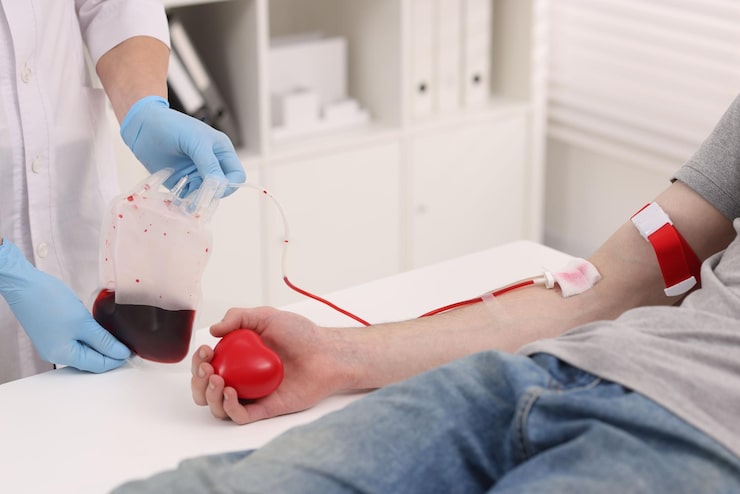
Imagine your arteries as the country’s busiest highways, transporting life-giving blood cells to every corner of your body. Now, picture a stubborn traffic jam that halts this smooth flow. This is what happens in Peripheral Artery Disease, more commonly known as PAD. For many, this condition creeps in quietly, narrowing the arteries—often in the legs—and restricting the vital oxygen supply that muscles need to function. Over time, this blockage doesn’t just slow you down; it can make every step a challenge.
What Exactly Is PAD?
Peripheral Artery Disease is caused by a buildup of fatty deposits, a process called atherosclerosis, inside the artery walls. These deposits harden and narrow the passageway, limiting blood flow. While PAD most frequently affects the legs, its implications reach far beyond discomfort. It’s estimated that more than 200 million people worldwide are living with the condition, many of them unaware until symptoms become too severe to ignore.
Why You Should Take Notice?
PAD often begins subtly. Perhaps you notice a cramp in your calf after walking a certain distance, only to have it disappear once you rest. This symptom, known as claudication, is your body’s way of sounding an alarm. Yet, for some, PAD progresses silently, offering no clear warning until it escalates into something far more dangerous—such as a heart attack or stroke. Medical experts often describe PAD as “the silent killer of the legs” for a reason.

Signs That Shouldn’t Be Ignored
Leg pain during activity is the most recognized sign, but PAD can express itself in other ways too. You may notice your skin becoming shiny or unusually pale, or that minor cuts and sores on your feet take longer to heal. Sometimes the legs may feel colder than the rest of your body or even lose hair growth in certain areas. These changes may seem cosmetic at first glance, but they could indicate poor circulation—a sign that your arteries are struggling.
Who Is Most at Risk?
Although PAD can affect anyone, your chances increase with age—especially after 50. Smokers, people with diabetes, and those with high blood pressure or high cholesterol are particularly vulnerable, as these conditions accelerate damage to artery walls. Family history plays a part too; if cardiovascular disease runs in your family, staying vigilant is crucial. Sedentary lifestyles and obesity also contribute, making daily activity an important protective measure.
The Hidden Dangers
While PAD primarily affects the legs, it’s actually a powerful warning sign of widespread artery disease. If your leg arteries are blocked, it’s highly possible that blockages are forming in the arteries that supply your heart and brain too. This link makes PAD a significant predictor of serious cardiovascular events. Left untreated, PAD can progress to critical limb ischemia, where blood flow is dangerously limited, increasing the risk of infections, gangrene, and even amputation.
How It’s Diagnosed?
The good news is that finding PAD is straightforward. One of the most common tests is the Ankle-Brachial Index, which compares blood pressure in your ankle to that in your arm. Doctors may also use imaging techniques—such as ultrasounds, CT scans, or MRIs—to get a clearer picture of arterial health. Detecting PAD early means treatment can start before irreversible damage occurs.
A Final Word
Peripheral Artery Disease is a condition that demands attention, both for the sake of your mobility and your heart health. It may start in your legs, but it speaks volumes about your overall circulation and cardiovascular risk. Listen to your body’s early warnings, take preventive steps, and seek medical advice before the disease has a chance to limit your life. Ignoring it might cost you more than just your ability to walk—it could put your life at risk.














